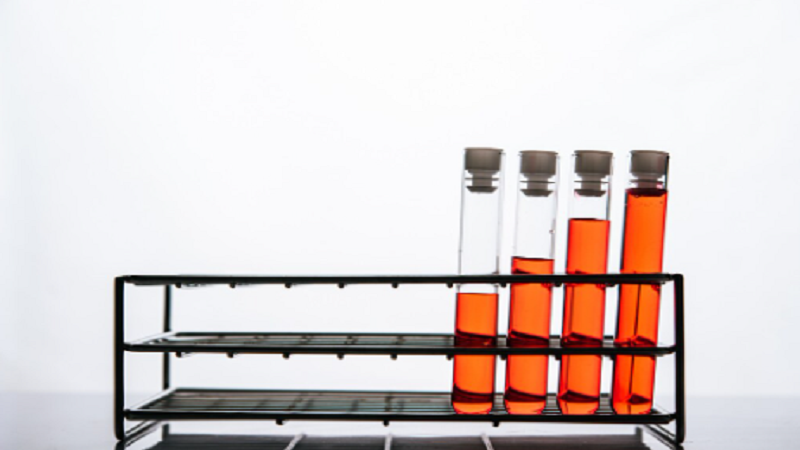The world of laboratory equipment is rich with specialised tools designed to enhance precision, guarantee accuracy, and improve safety. Amongst these essential instruments, filtered pipette tips play a critical role in various scientific procedures. These specialised tips serve to not only maintain the purity of samples but also protect the pipette shafts from contamination. This article explores the science behind filtered pipette tips and their importance in laboratory settings.
Understanding the Construction of Filtered Pipette Tips
Filtered pipette tips are ingeniously designed with a microscopic barrier, usually made from hydrophobic material. This barrier is positioned within the tip to prevent aerosols, fluids, and contaminants from reaching the pipette’s interior mechanisms. The use of filter tips is paramount in experiments where cross-contamination can lead to skewed results and in procedures that involve dangerous or infectious samples.
Preventing Sample Contamination
In the quest for accurate experimental results, avoiding contamination is a primary concern. When a pipette is used without a filter, there is a risk that samples can be compromised, leading to false readings. The effective use of filtered pipette tips mitigates this risk, thus preserving the integrity of the samples and ensuring replicable and reliable data.
Protecting Pipette Integrity
The precision of a pipette is susceptible to degradation over time due to the intrusion of chemicals and biological materials. Filtered pipette tips act as a safeguard for the pipette itself, extending its operational life and maintaining its accuracy. This protective capacity translates into cost efficiency by reducing the need for frequent equipment replacement or calibration.
The Various Applications of Filtered Pipette Tips
Scientific disciplines such as molecular biology, microbiology, and forensic science demand the use of filtered pipette tips. These fields often involve the handling of DNA, RNA, and other sensitive materials where even the slightest impurity can have substantial consequences. The employment of filter tips ensures that procedures like PCR amplification, cell culture inoculation, and viral sample preparation are conducted under the strictest laboratory conditions.
Elevating Laboratory Best Practices
Adherence to rigorous standards is at the heart of scientific inquiry and the application of best practices. Incorporating filtered pipette tips into laboratory protocols is a testament to a commitment to excellence. As a staple in certified facilities, filtered tips align with strict governmental and industry regulations, which necessitate the use of contaminant-free equipment.
The Role of Innovation in Filtered Tip Design
As technology advances, so do the features and capabilities of filtered pipette tips. Modern versions of these tips often include advancements such as low retention surfaces for maximum sample recovery, sterilisation for aseptic work, and colour coding for easy identification. These innovations streamline laboratory workflows and push the boundaries of what is achievable in scientific discovery.
The Evolution of Filtration Materials
The materials used in the construction of the filters within pipette tips have evolved significantly. Modern filtered tips often utilise materials such as polyethylene or expanded PTFE (ePTFE), which are both noted for their hydrophobic properties and pore sizes calibrated to block contaminants without obstructing airflow or sample aspiration.
Contributing To Precision and Reproducibility
The precision and reproducibility of scientific experiments are critical factors that are directly influenced by the quality of the lab equipment. Filtered pipette tips contribute to this high level of precision by delivering consistent volumes and protecting against the introduction of variables that could affect the experiment’s outcome.
Choosing the Right Filtered Pipette Tips
Selecting the most suitable filtered pipette tips depends on the specific needs of a laboratory’s procedures. Factors to consider include the volume range required, compatibility with existing pipettes, and the nature of the samples being handled. For those in search of high-quality options, Pathtech Filtered Tips offer a range of choices that meet stringent standards for excellence and reliability.
Integrated Quality Control
Quality control is an integral component in the manufacturing of filtered pipette tips. Companies like Pathtech implement rigorous testing to ensure their tips meet precise manufacturing and performance criteria. Technicians and researchers can trust in the reliability and consistency of these essential lab tools.
Customised Solutions for Specific Requirements
While standard filtered pipette tips meet the majority of laboratory needs, there may be instances where customised solutions are required. Companies that specialise in lab equipment can often provide tailor-made filters designed to accommodate unique circumstances or specialised research needs.
Conclusion: The Critical Importance of Filtered Pipette Tips
In conclusion, the significance of filtered pipette tips in laboratory settings cannot be overstated. They are the unsung heroes in the preservation of sample purity, the protection of sophisticated equipment, and the contribution to groundbreaking scientific research. As laboratories continue to fortify protocols and embrace new challenges, the role of reliable, high-quality filtered tips becomes ever more crucial.
Investing in Future Research and Safety
Investing in superior filtered pipette tips not only upholds the integrity of scientific research but also ensures the safety of laboratory personnel. With evolving technologies and the constant push for innovative solutions, filtered pipette tips will remain fundamental components in advancing the cause of science and supporting the quest for knowledge.

